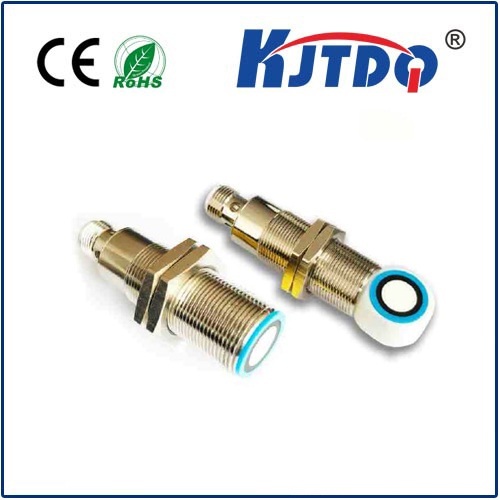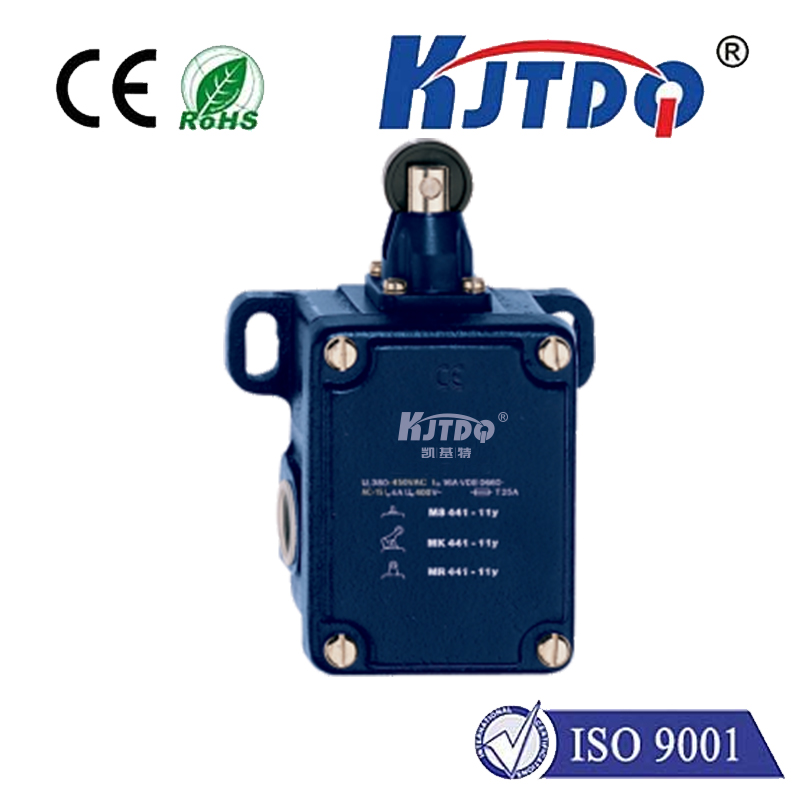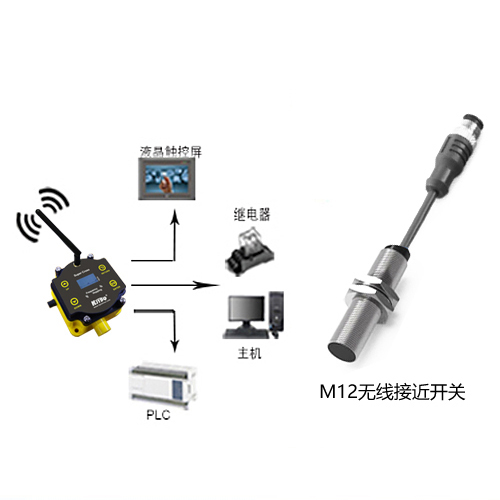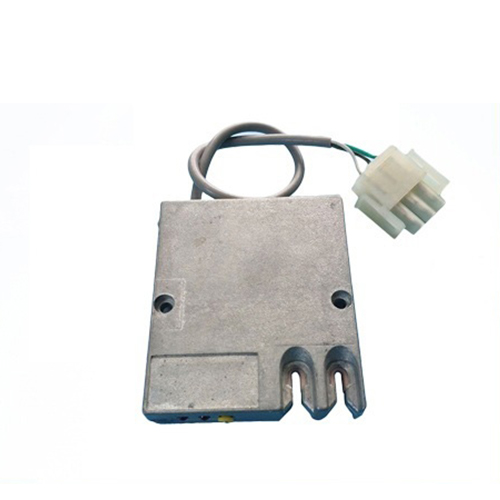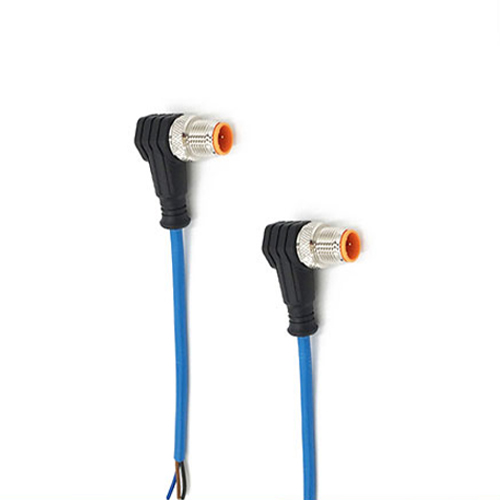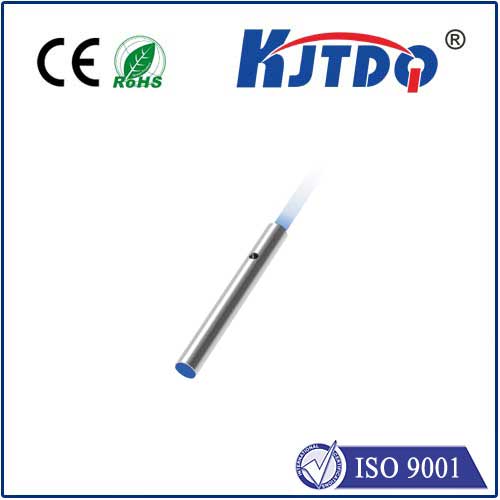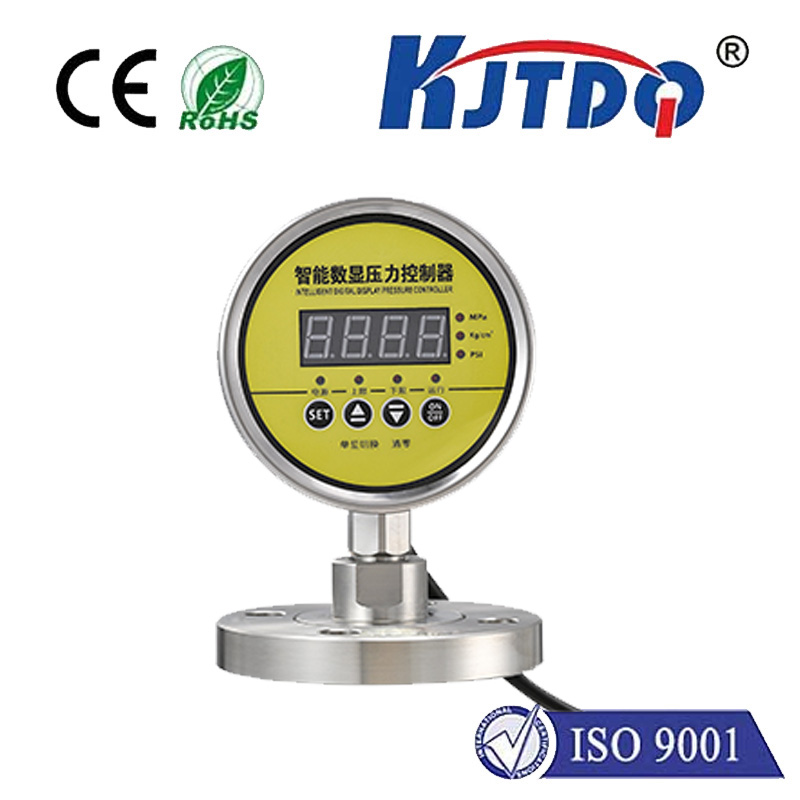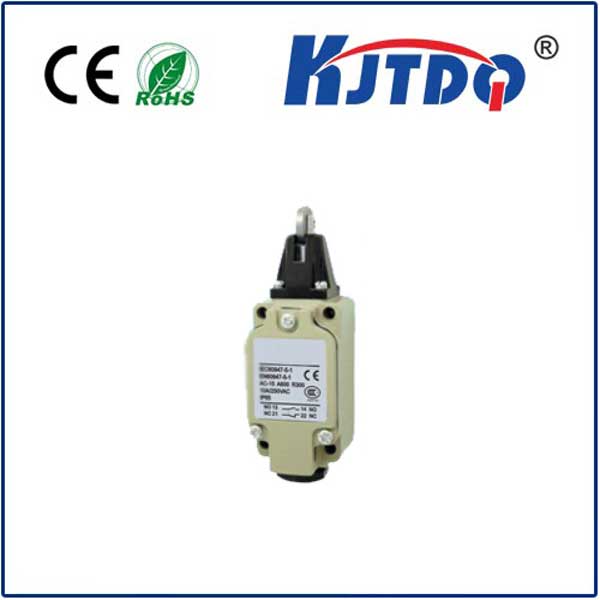

check

check

check

check
Ever reached for your phone only to have the screen magically illuminate before you touch it? Or waved a hand under a faucet, triggering water flow without contact? These seamless, almost intuitive interactions are increasingly common, and they owe a significant debt to a crucial but often invisible technology: the passive proximity sensor. Unlike their active counterparts, these sensors operate like digital spiderwebs, detecting presence without sending out signals of their own. They are the silent observers, enabling smarter, more efficient, and often more intuitive user experiences across countless applications.
Understanding the “Passive” Distinction
The key differentiator lies in how these sensors detect objects. Active proximity sensors emit energy – such as infrared light, ultrasonic waves, or electromagnetic fields – and then detect changes in the returned signal (like reflection or interruption) caused by a nearby object. Think of an automatic door sensor sending out an infrared beam; breaking that beam triggers the door to open.
In stark contrast, passive proximity sensors do not emit any form of interrogating energy. Instead, they rely solely on detecting changes in the existing ambient environment caused by the target object’s presence. They are passive listeners. This fundamental difference gives them unique advantages.
The Core Principle: Sensing Changes, Not Generating Signals
Passive sensors typically work by detecting variations in:
The Compelling Advantages of Going Passive
Choosing a passive proximity sensor offers several distinct benefits that drive their adoption:
Where Do Passive Proximity Sensors Shine? Applications Abound
The unique blend of low power, reliability, and non-intrusiveness makes passive proximity sensors indispensable across diverse sectors:
Considerations and Limitations
While powerful, passive proximity sensors aren’t a universal solution. Their range is typically shorter than active sensors. Performance can be influenced by environmental factors like ambient light levels (for optical sensors), temperature fluctuations (for PIR), or conductive clutter (for capacitive sensors). They generally detect presence or larger proximity changes effectively but may lack the precision for fine-grained distance measurement compared to some active technologies like LiDAR. Careful sensor selection and placement are crucial.
The Future: Smarter Sensing Through Integration
The evolution of passive proximity sensing lies heavily in integration and intelligence. Combining outputs from different passive sensor types (e.g., capacitive + PIR) can improve reliability and reduce false triggers. Pairing them with low-power microcontrollers running sophisticated algorithms allows for context-aware sensing – distinguishing between a user intentionally approaching and a pet walking by, for instance. Integration into ever-smaller System-on-Chips (SoCs) drives their proliferation into new miniaturized devices. Energy harvesting technologies also promise to further liberate passive sensors from traditional batteries altogether in the future.
Passive proximity sensors are truly the unseen enablers of modern convenience and efficiency. By intelligently detecting our presence and the world around them without actively probing, they conserve energy, avoid interference, and operate reliably. From the phone in your pocket to the lights in your office building and the safety systems in factories, these silent guardians continuously work in the background, making interactions smoother and our environment smarter. Their role as the cornerstone of low-power, intuitive sensing will only grow as the demand for connected, intelligent devices surges.
